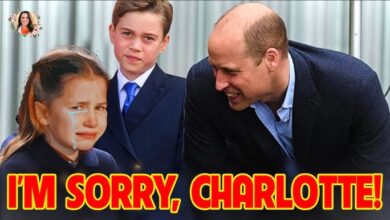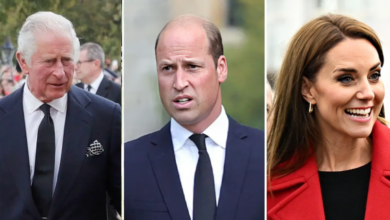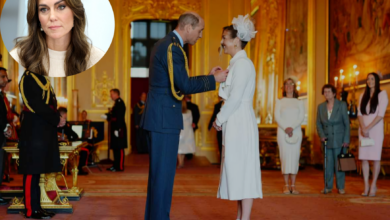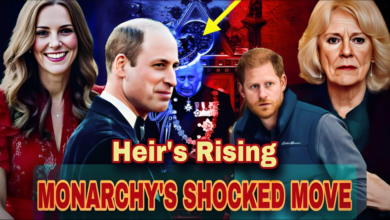Kate Middleton’s Stand: Why Reconciliation with Harry and Meghan May Be Off the Table?
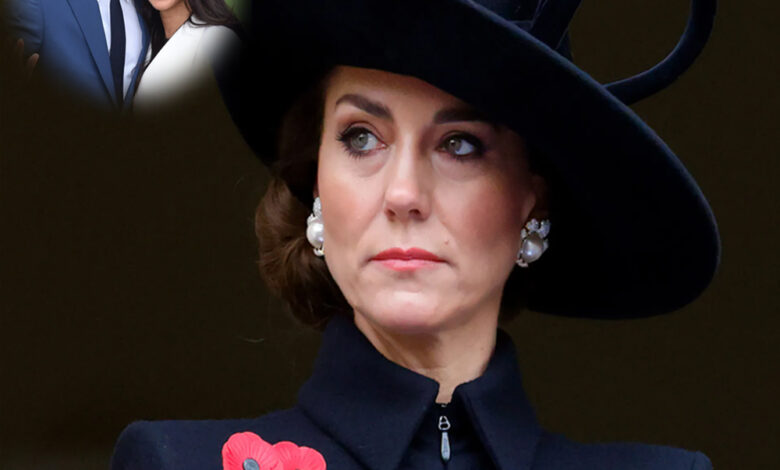
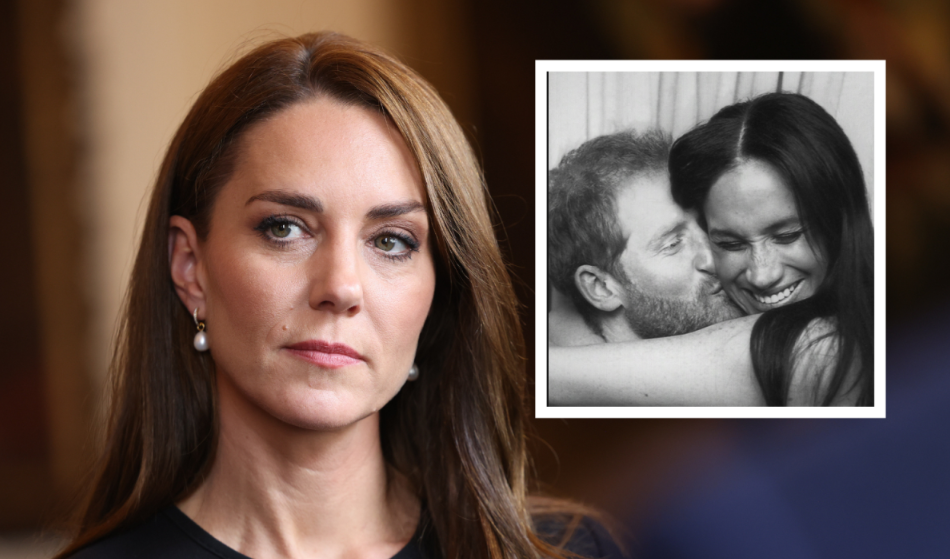
The ongoing feud between the Prince and Princess of Wales and Prince Harry and Meghan Markle represents not just a familial estrangement but also a complex interaction of personal grievances, public perception, and the burdens of royal duty. This rupture within the British royal family has been a subject of global interest, particularly as it underscores deeper narratives about loyalty, privacy, and the pressures of living under the royal spotlight.
The roots of this discord can be traced back over several years, intensifying with the publication of Prince Harry’s memoir, Spare, where he levied accusations against both his brother Prince William and his sister-in-law, Kate Middleton. In his book and subsequent interviews, Harry accused Kate of stereotyping Meghan, particularly highlighting an incident involving bridesmaids’ dresses that allegedly left Meghan in tears. These revelations marked a significant departure from the royal family’s traditional mantra of “never complain, never explain,” exposing internal dynamics to worldwide scrutiny.
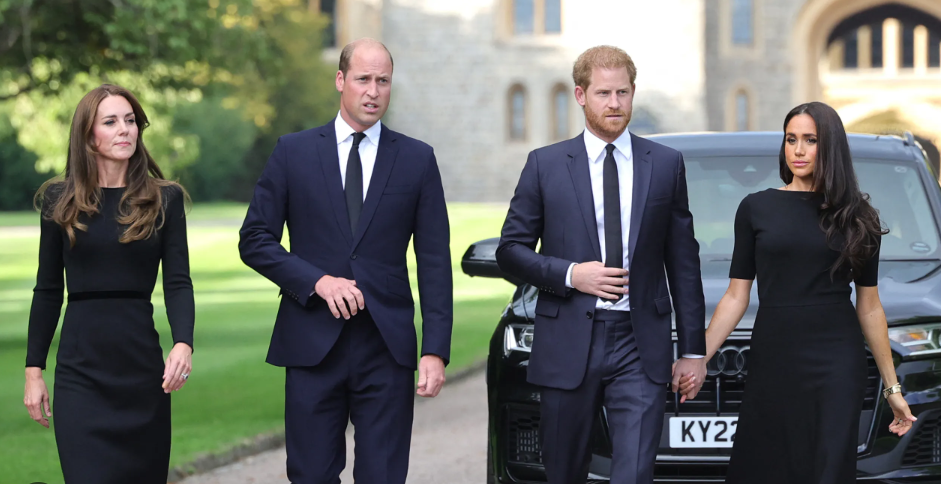
According to former BBC royal correspondent Jennie Bond, the impact of these accusations on Kate was profound. Bond suggests that coming from a “happy, united family,” Kate found the concept of familial estrangement difficult to comprehend and was initially hopeful about reconciling the brothers, particularly during the period following Prince Philip’s funeral. However, subsequent events, including a reported argument between William and Harry, seem to have dashed such hopes. Bond’s commentary illustrates a recognition within Kate that some familial fractures are beyond repair, leading to what she describes as a mental closure from the possibility of reconciliation.
This sentiment is echoed by royal author Katie Nicholl, who points to Harry’s “snide remarks” about Kate as exacerbating the rift. Nicholl’s analysis highlights a violation of an unwritten royal rule — the preservation of familial privacy. Harry’s candid remarks about private matters and personal conflicts, according to Nicholl, not only broke this protocol but also fundamentally altered his relationship with Kate, transforming it from one of closeness and warmth to one marked by disappointment and disillusionment.
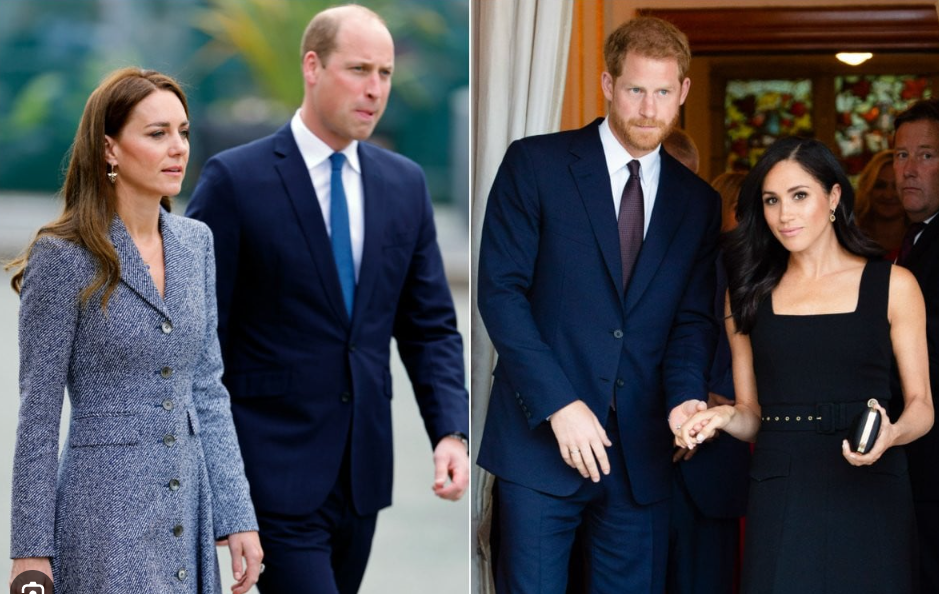
Nicholl’s reflections bring to the forefront the notion of the royal family not just as a family but as an institution bound by certain unspoken codes of conduct. Kate’s reported reaction — characterized not by anger but by profound disappointment and hurt — underscores a betrayal of trust and the unique vulnerabilities of those in the royal sphere who must often remain silent in the face of public scrutiny and personal attack.
The analysis of these experts suggests a complex interplay of personal feelings and institutional pressures. William’s reported anger at Harry for drawing Kate into public controversies speaks to a protective impulse but also to the frustrations inherent in managing familial relationships that are simultaneously personal and intensely public. The saga illustrates the challenges faced by royals in balancing personal integrity with public duty, particularly when such duties demand a stoic façade in the face of personal grievances.
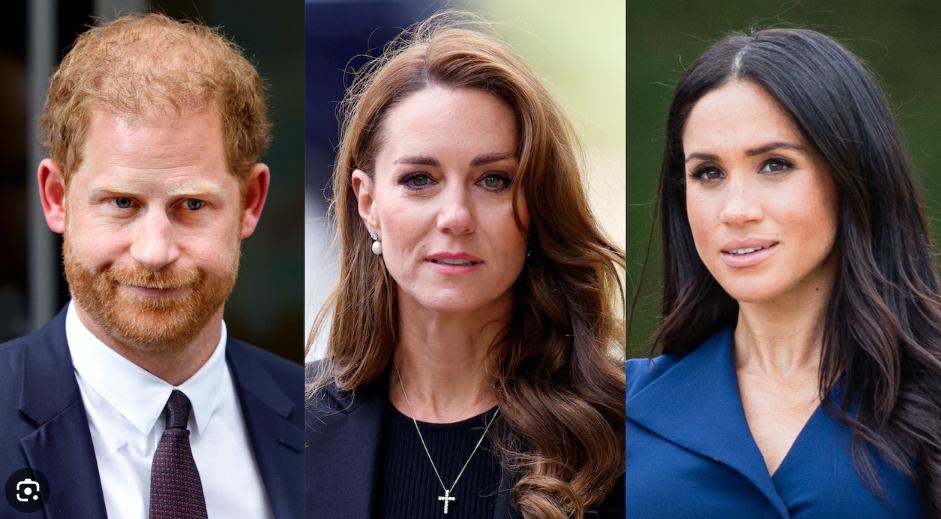
Moreover, the narrative surrounding this royal rift sheds light on broader themes such as the role of the media and public opinion in shaping and sometimes exacerbating such disputes. The royal family’s interactions are not merely interpersonal but are embedded within a media landscape that scrutinizes and often sensationalizes their every move.
The rift, therefore, is not only a story of personal fallouts but also reflects the evolving role of monarchy in contemporary society. As traditional norms of privacy and decorum are challenged by modern expectations of transparency and authenticity, the royal family finds itself navigating a delicate balance between upholding tradition and adapting to a more open and scrutinized environment.
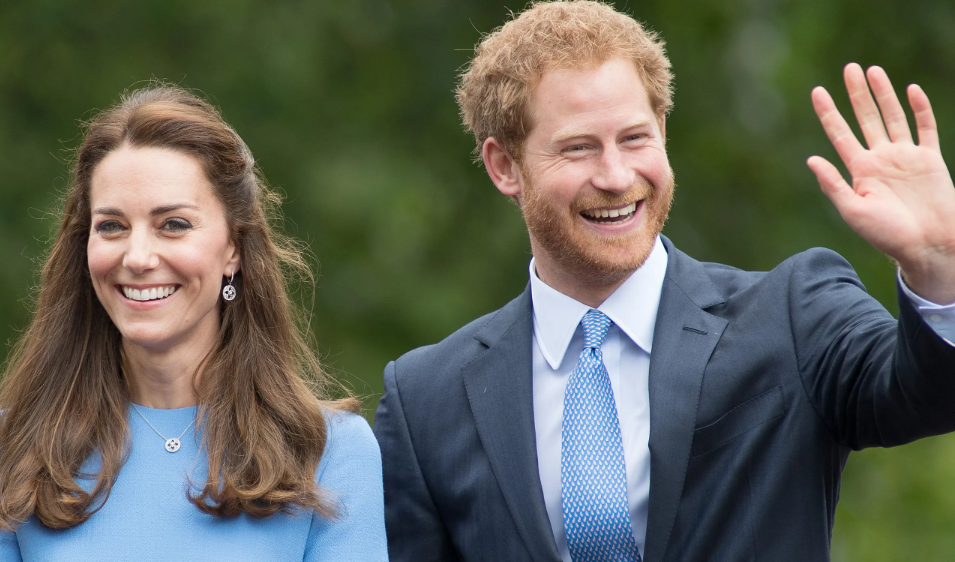
In sum, the estrangement between the Waleses and the Sussexes, as detailed by Bond and Nicholl, highlights not just a personal tragedy but a significant moment of transition and tension within the British royal family. It underscores the challenges of maintaining familial bonds in an environment where personal roles are inextricably linked with public duties, and where every personal rift has potentials for broader implications on the perception and functionality of the royal institution itself. This complex tableau invites a deeper reflection on the intersections of duty, privacy, and personal emotion in the lives of those born into the public eye.

